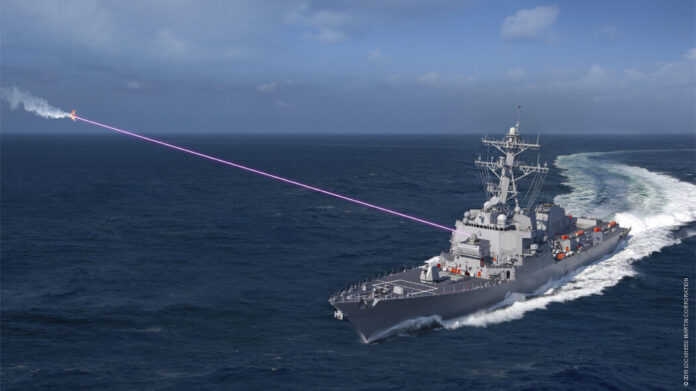A top US Navy fleet commander says the service should be “embarrassed” by the fact it hasn’t managed yet to scale directed energy weapons onboard its ships despite having experimented with the technology since the Reagan administration, Breaking Defense reports.

